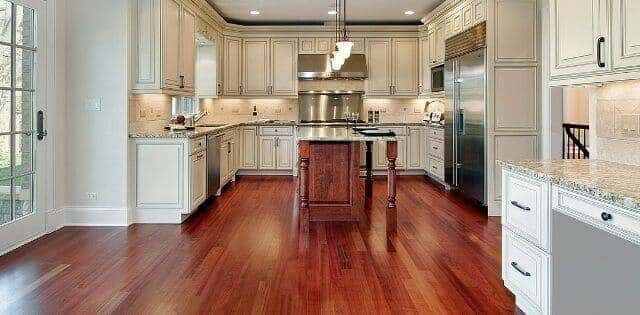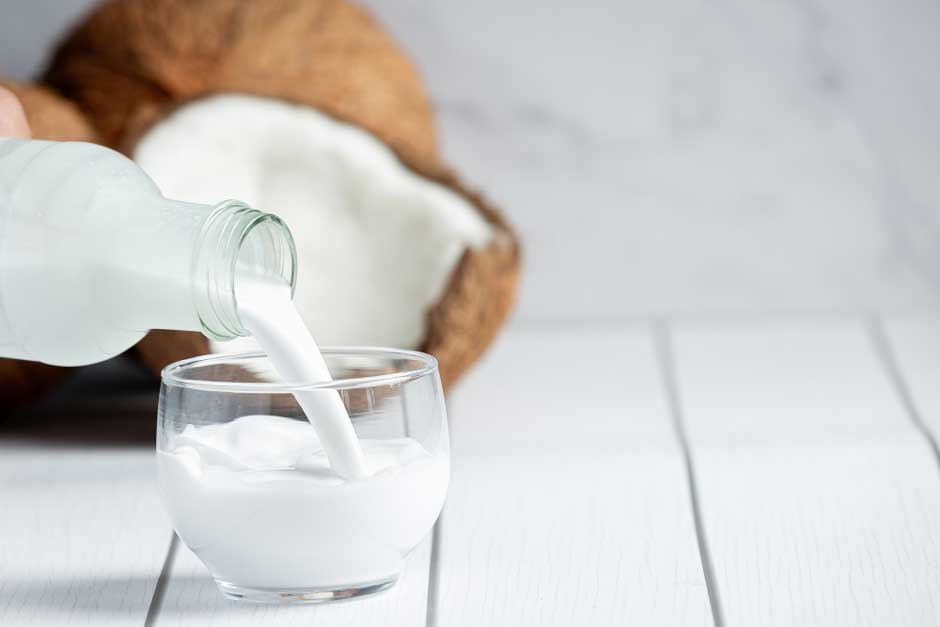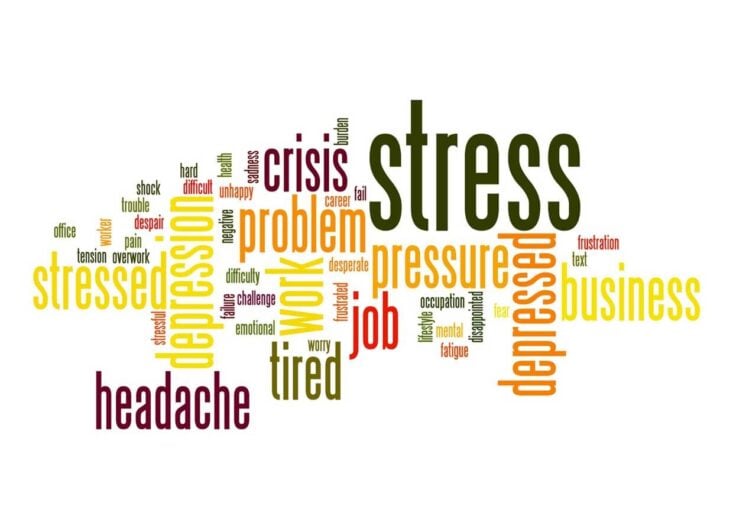Environmentally friendly homes don’t just save the planet and establish a more sustainable way of living. Although those qualities are great, another huge benefit to designing an eco-friendly home is that it comes with beautiful natural aesthetics. Adding natural elements into a home enhances the ambiance and feel of a space as it brings mother nature closer to you. If you’re planning to renovate or create a new home, here are some tips for designing an aesthetic, eco-friendly house.
Sustainable Flooring
Set the foundation for your eco-friendly home with sustainable flooring. Bare floors cover a large portion of your house. Attaining the supplies for flooring often includes huge resource demands that affect the environment. Sustainable flooring provides a more eco-friendly building, delivery, and resource collection process. Engineered hardwood floors use recycled wood scraps and fibers to create the main portion of the wood planks, and use a minimal amount of natural hardwood on the top veneer to provide an aesthetic surface. Fewer trees get chopped down without compromising supply demands due to engineered wood’s composite core and thin hardwood surface. The selection features numerous wood species for flooring, offering a range of design options and benefits to explore.
Natural Lighting
Energy-efficient homes produce a smaller carbon footprint, reducing negative environmental impacts. Incorporating natural lighting in your home minimizes the need for lights during the day, saving electricity, energy, and money. The larger the windows, the more sunlight illuminates your home. Constructing large windows in south-side facing rooms maximizes natural lighting while the sun is out and about.
Thrifted Furnishings
Like flooring, manufacturing new items uses up large amounts of natural resources and produces carbon emissions and pollutants. Shopping second-hand for your home furnishings reduces the demand for new products and keeps items away from waste piles. There are many ways to refurbish thrifted finds, making them unique and like-new staples for your home. Giving items a second life benefits both you and the planet, from reducing waste and pollution to saving money and resources.
Eco-Friendly Interior Design Styles
Designing your eco-friendly dream home becomes easier and more attainable with a plan. Numerous interior design styles incorporate sustainable and eco-friendly features. Rustic and farmhouse styles feature recycled materials like wood and metal. Minimalistic and Scandinavian home designs use minimal resources to create sleek spaces while also helping you establish a more sustainable lifestyle with a smaller carbon footprint. Modern interior styles aim to achieve and include multiple sustainable features within their designs, combining technology, recycled industrial influences, and nature into one.
Designing an aesthetic, eco-friendly house creates a space that looks and feels good. From the comforting and warm ambiance of natural influences to the consciousness of doing good, eco-friendly and sustainable houses provide one of the coziest, relaxed, and welcoming homes to grow in.















